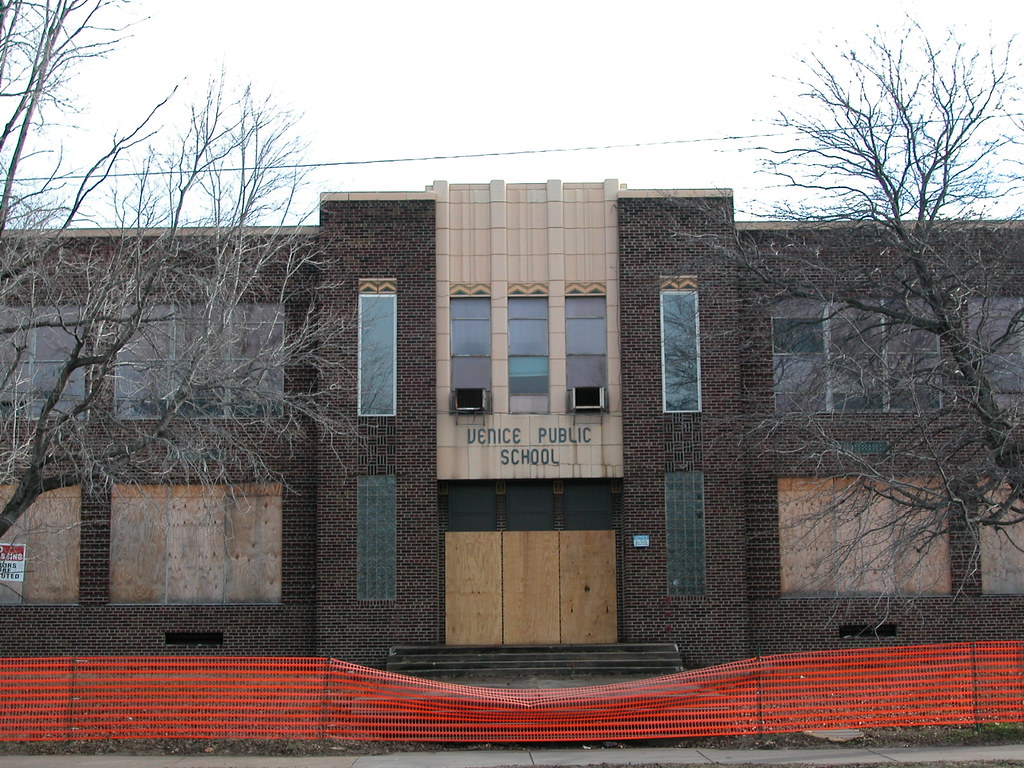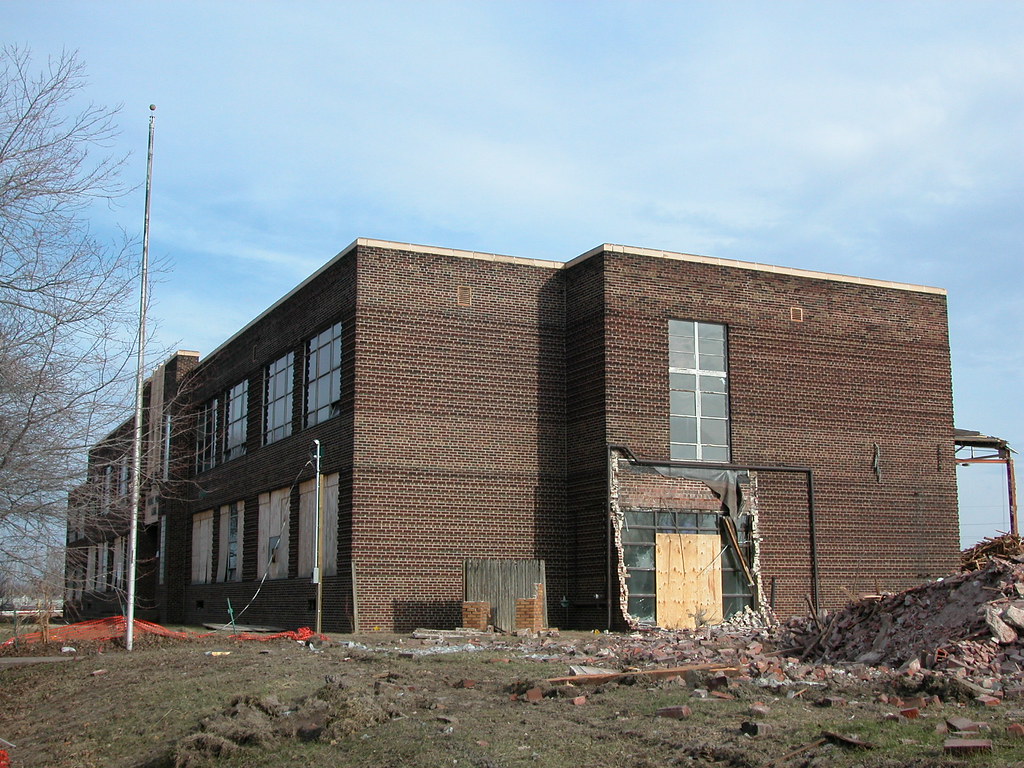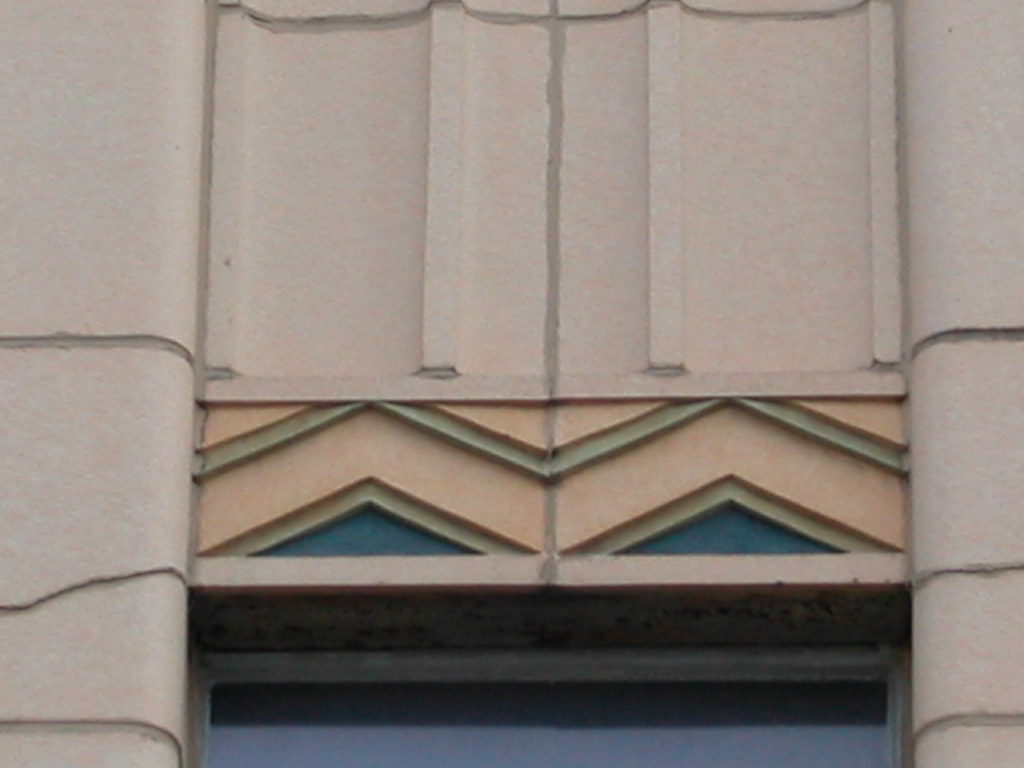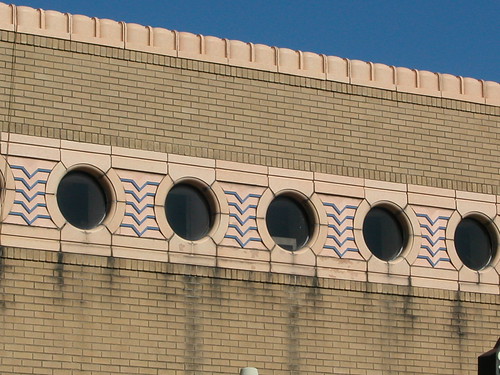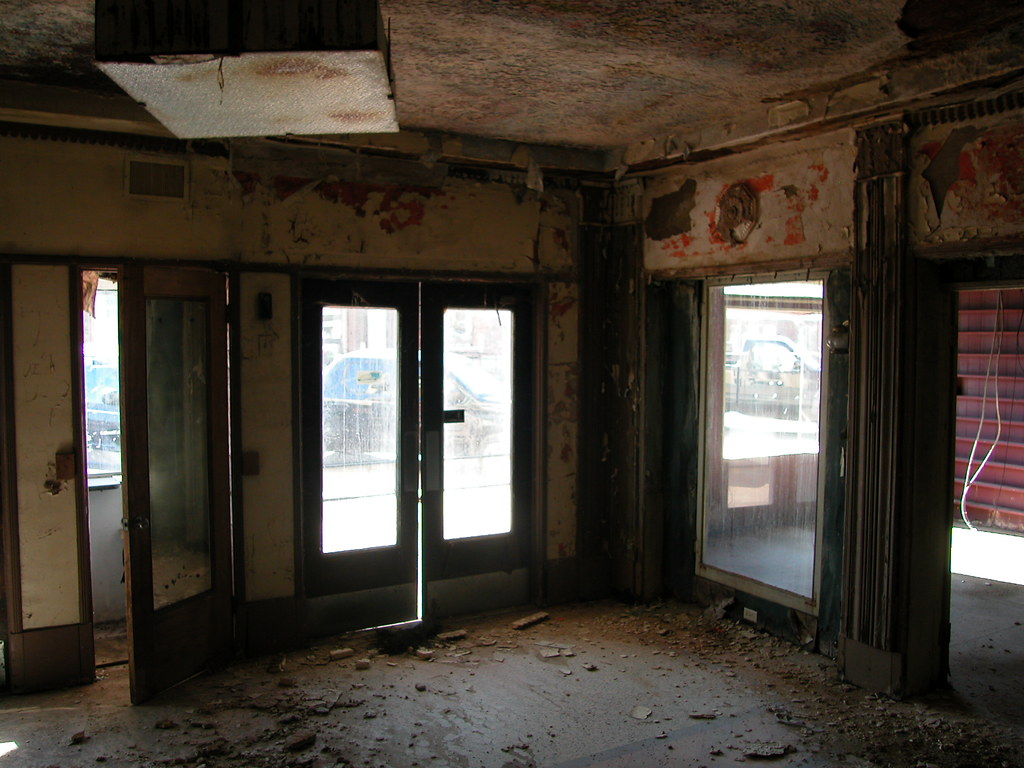by Michael R. Allen

En route to the Storefronts of America: The Mesker Story exhibit at the Evansville Museum in Indiana, I happened upon a fine example of a Mesker front in Crossville, Illinois. Actually, this was no real happenstance. I pretty much figure I’ll see at least one Mesker in any small town I encounter in southern or central Illinois.
Now famous due to the efforts of the Illinois Historic Preservation Agency’s Got Mesker? project, the Mesker storefronts are the work of two foundries within one family. George L. Mesker & Company operated in Evansville, Indiana while Mesker Brothers Iron Works operated in St. Louis. Both companies produced mass-manufactured iron building parts ranging from cast iron columns to sheet metal facades from the 1870s through the 1920s. Builders ordered parts or whole facades (easiest to identify) from catalogs to economically beautify commercial fronts in small towns and big cities alike.
This particular storefront is the work of George L. Mesker & Company. Acanthus-topped solid cast iron columns support a brick front wall hidden under sheet metal. The sheet metal is cored to resemble concrete blocks, and is adorned with continuous foliage-inspired elements at the window surrounds, above the storefront, above the second floor windows and at the cornice line.
Akin to the ornament of Louis Sullivan, the Mesker work references prairie nature. Classical details are minimal, while abstract and direct natural patterns dominate the composition. The belts of vines emphasize the horizontal nature of the wide front, echoing the rugged flat land of southeastern Illinois. Yet the metal front is obviously a modern thing — at least, it was distinctly modern for its time. The design draws together the eager commercial of spirit mass manufacturing (sheet metal ordered by mail, near-uniform concrete blocks) with romantic tinges of natural beauty (conjuring infinite variety and difference).
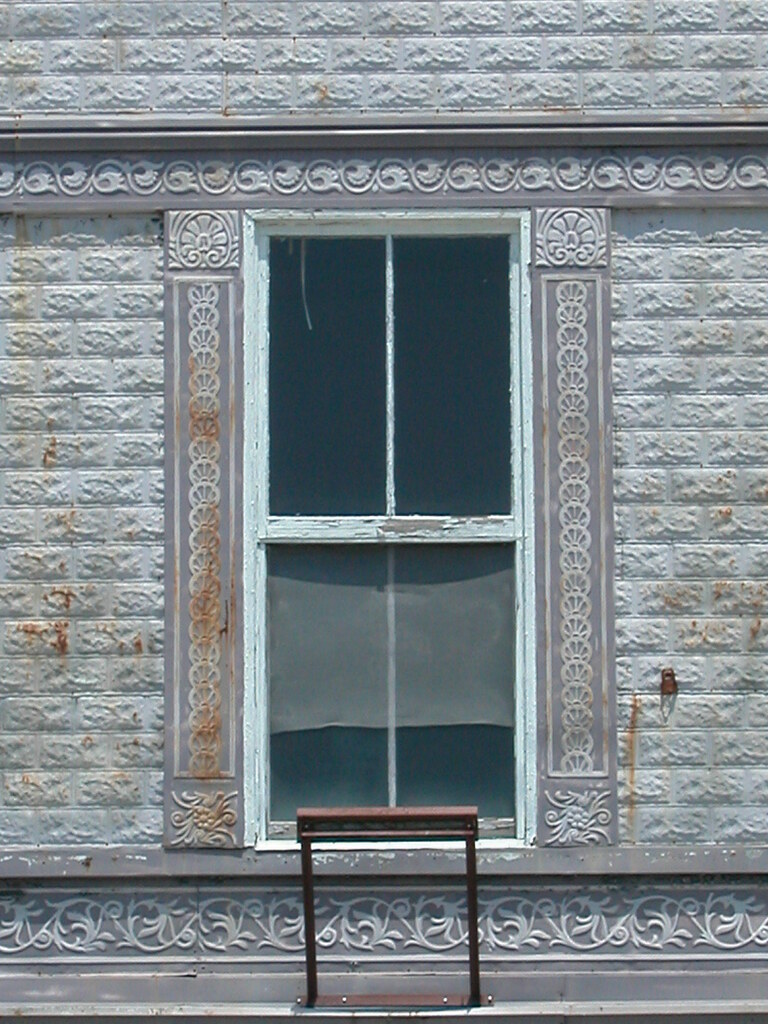
These fine lines remain a testament to the once-promising outlook of the small towns of the Midwest. The Mesker front in Crossville isn’t a Waiwright Building or a Rookery, but it somehow seems as much a true expression of time, place and modernity as those progressive urban buildings. The storefront building seemed vacant, and the sheet metal was peeling back on one end to reveal backing lath over the plain brick body of the building.
Yet the front is essentially good repair, retaining almost every original piece — the end columns on the storefront probably weren’t originally bare brick — and even its original window sash. There’s only a bit of rust. The building offers itself as a worthy part of the future of Crossville, whatever that may be.


